I want to thank Bob Gragmegna from the Leica Boutique Bergen County Camera for loaning me the Leica Q, so can write up this review!
Leica Q Typ 116 Review:
As most frequent visitors of my blog know, I’m a huge fan of Leica and their M system. I started out with an M3 that by a rare chance, I was able to acquire at a very young age, and since then, I’ve always had an M camera by my side. With that said, I really believe that Leica has often made great non-M high end compact cameras and I’ve owned a few myself but in almost each one, it could be argued that they all had at least one key component that was missing. For instance, the new X Typ 113 is an excellent camera but to this day, the X line still doesn’t have a built-in viewfinder. Instead, if you want a viewfinder, you have to purchase an external one that makes the camera noticeably larger. Well, the new Leica Q Typ 116 seems to be aimed at changing all of this because the list of features is quite impressive. In fact, on paper this camera seems to be exactly what most have been asking for not just Leica to build but any manufacturer, and thanks to Bob Gragmegna at the Leica Boutique Bergen County Camera, I was able to test the Leica Q to see if it is what we’ve been waiting for.
Leica Q Typ 116 Build Quality:
The build quality of a camera is often something I look at first and the Q Typ 116 is definitely what one comes to expect from Leica: the Q is an extremely well-made camera that features a top plate that is milled out of a solid block of aluminum with a magnesium housing making this camera feel very solid. In other words, it feels more like it was made from just one solid piece of metal rather than being assembled from several pieces. The seams are very tight, and there’s no flex or creak of any kind. Furthermore, the dials offer just the right amount of resistance so they are not moved accidentally, and all engravings are laser engraved. What I particularly like is how the lug nuts are positioned slightly forward of the body, so the Leica Q does not lean forward when you have it hanging around your neck or shoulders. The Leica Q isn’t up to M level of build but in my opinion, rarely is anything built as solid and enduring as an M body. Even my Hasselblad 503CW Millennium, which is a camera that I absolutely love and have the nothing but respect for, at least to me, doesn’t feel quite up to the level of my M. If you compare the Leica Q to the X or X Vario in terms of build quality, I would say that the Q is definitely better built.

↑ Front view of the Leica Q Typ 116.
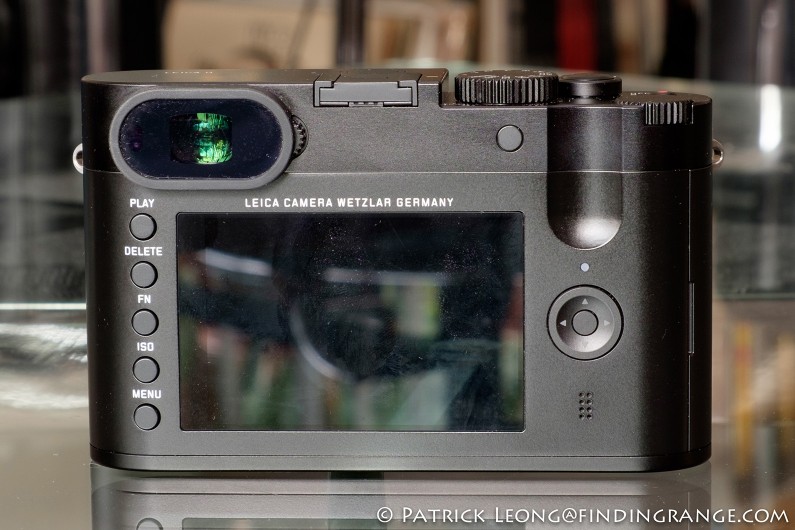
↑ Back view of the Q.
Thanks in big part to its electronics, the Leica Q as a whole is also blazingly quick. This is one of the fastest if not the fastest mirrorless camera that I’ve tested so far. It also feels like there is absolutely no delay when I press the shutter button. The other electronics in this camera do not hold it back either. All the functions feel so immediate. You can fire shots left, right, up, and down, and this camera will keep up with you with ease. Plus, if you need it, you can literally fire up to 10 frames per second with the Leica Q. The camera as a whole is so fast that you can go right up to someone, photograph them not just once but several times even, and disappear before they even notice, especially since this camera has one of the most quietest shutters I’ve ever used — even beating out my previously owned Mamiya 6 and Fuji X100.
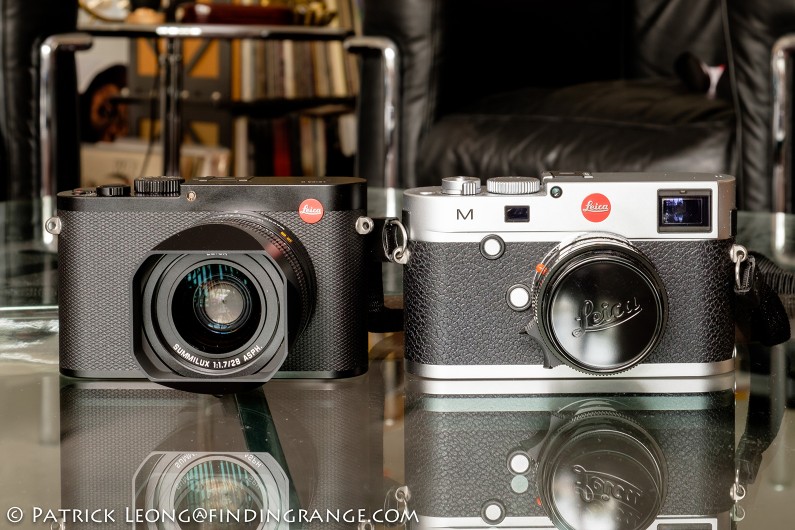
↑ The Leica Q vs. the M Typ 240 front view.
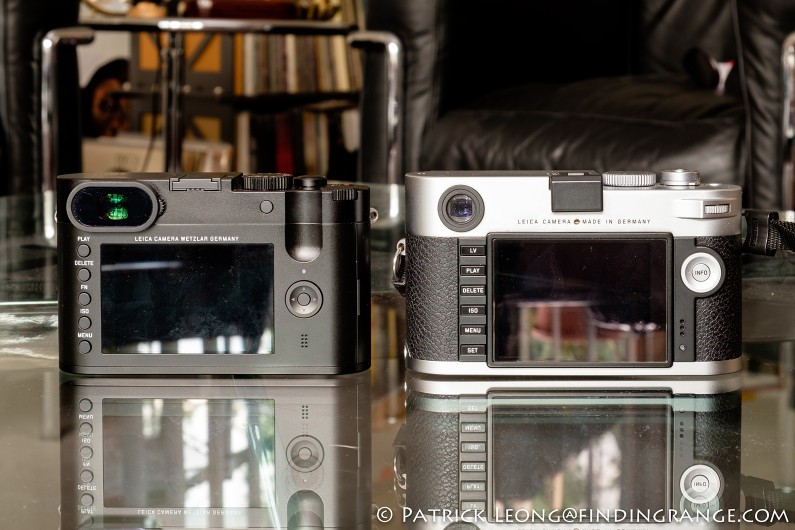
↑ Leica Q vs. M Typ 240 back view.
Leica Q Typ 116 Shutter:
Speaking of the shutter, the reason why the Leica Q has such a quiet shutter is because it’s a mechanical leaf shutter. It literally is near silent when you take a photograph. It’s pretty amazing, and it’s even hard to hear it indoors when I’m taking pictures so, rarely will anyone hear you photograph them on the street. But while it’s very quiet, there’s still “feel” when you press the shutter button, which is very important. The other benefit of the leaf shutter is less vibration, which makes it much easier for you to hand hold the camera and take a photograph at extremely low shutter speeds. The leaf shutter works all the way up to 1/2000 of a second, and after that, there’s an electronic shutter that allows you to shoot as high as 1/16,000 of a second.
Leica Q Typ 116 Lens Hood:
As for a lens hood, the Leica Q Typ 116 does come with a metal one for its fixed 28mm Summilux ASPH F1.7 lens, and the hood takes its design cue from many of the newer M lenses like the Summarit line. To attach it, you simply unscrew the retainer ring on the lens, and screw in this lens hood. It may seem like a hassle to do this two step process but odds are once you screw the lens hood onto the lens, you’re not going to remove it. That’s because this lens hood will not come off accidentally, since it screws on very tightly. Second, it’s compact and fits the 28mm Summilux quite well, so it won’t take up much more room in your bag. Third, it helps protect the front element, and fourth, the metal lens cap will fit over the hood. I personally love the designs of the new hoods from Leica, and I’m glad to see Leica implementing them in so many of their new lens designs. In addition to the new Summarit line, the 21mm Summilux ASPH that I reviewed a while ago has a similar screw in design as well.
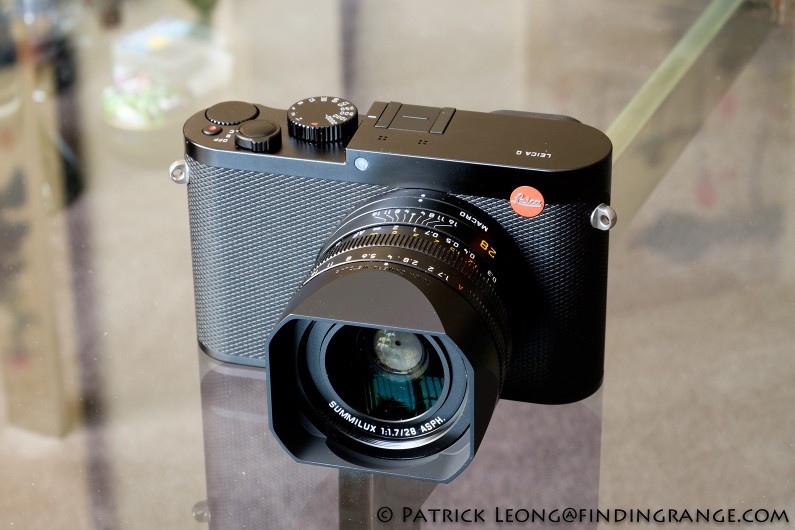
↑ The lens hood that is supplied with the Q is a great fit.
↑ The metal lens cap will fit on the lens and the lens hood.
Leica Q Typ 116 Ergonomics And Overall Layout:
Leica has always excelled at the way that they design their layout and controls, and I’m pleased to say that the Leica Q Typ 116 follows in this same tradition. Everything is designed around the essentials and in typical Leica fashion. Main functions like the aperture and shutter speed are of traditional design, so they are mechanically adjusted making them quick, easy, and intuitive to use. Because they are mechanically adjusted, you can also see and change your settings when the camera is off. Furthermore, the rest of the buttons and functions are kept to a minimum. They are clearly laid out and have a logical order to them making everything feel natural in the hands. You can literally make adjustments to the Leica Q in the dark. One thing I should add is that while the movie button is located near the shutter button, it’s designed like the M 240’s in that I have not once accidentally pressed it (it’s not as sensitive as the one of the X Typ 113, which I stated in my review).
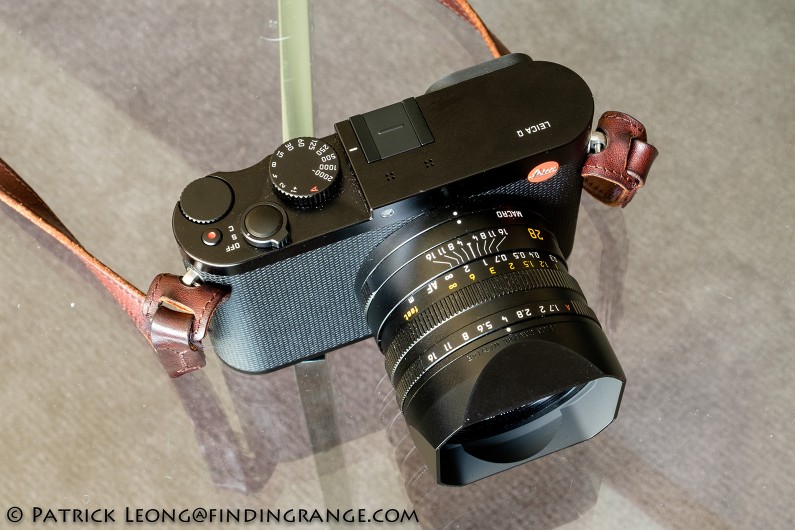
↑ Focus, aperture, and shutter speed are easily accessible.
In addition to the excellent layout and controls, the menu system is also just as intuitive. Like my Leica M9, my M 240, and even the X Typ 113 I tested, I did not have to read the Q’s manual in order to figure everything out. It’s extremely simple and straightforward. Everything is not only easy to find, it’s also laid out in a logical order. In fact, I think it’s easier to go through the Q’s menu than my M 240’s. I should also mention that what I found pretty incredible was how fast you could scroll through the menu system. Again, the electronics are simply superb in the Leica Q. There is absolutely no delay or lag.
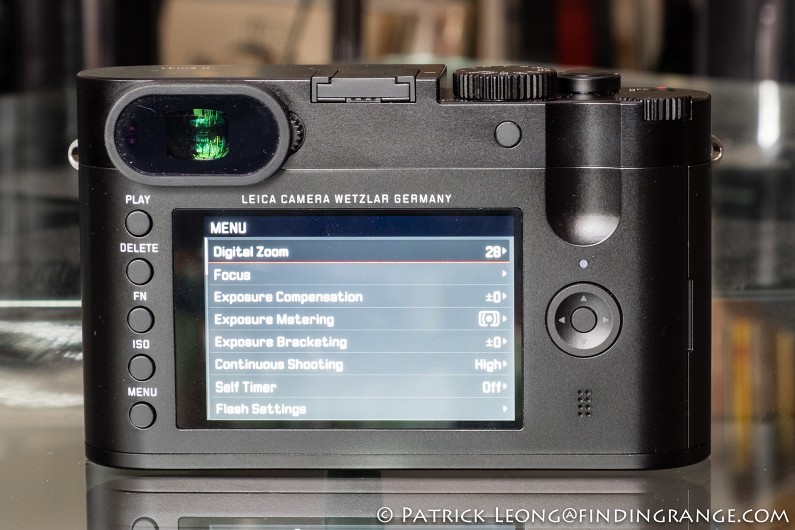
↑ The Q’s menu system is very straightforward and easy to navigate.
When you combine the design, the electronics, and the overall layout, you have a camera that is just so easy and intuitive to use. The Leica Q also fits nicely in the hands and because of the build quality, it really does give you that added confidence in it. I learned to trust the camera fairly quickly. It’s a pleasure to photograph with the Leica Q. There are no problems, and everything on the camera works together so harmoniously that things start to become second nature very fast, which allows you to concentrate not on the camera itself but on taking pictures and having a blast doing so.
Leica Q Typ 116 LCD Screen and Electronic Viewfinder:
To top of the list of features, the Leica Q Typ 116 is equipped with a beautiful 3″ TFT LCD monitor 1,040,000 pixels. This screen is sharp, contrasty, clear, and definitely on par with the already impressive build and layout of this camera. The LCD screen is also a touch-sensitive monitor, and it works great too although my iPhone 6 Plus is still better. You can zoom, tap, swipe and drag with the touch screen. You can even autofocus and take pictures with it. But for those who still prefer to use a camera without a touch screen, it’s perfectly okay. The best part is the camera is not reliant on the touch screen. In fact, most of the time, I didn’t even use it. I only used it for test purposes to write up this review.
While the LCD screen is quite good, I think one of the most important features of this camera is its built-in viewfinder. To me, this is not only important for the Q Typ 116 but also important for Leica. Leica has come out with so many great high end compact cameras but a lot of them (not all) have one Achilles’ Heel: if you want a viewfinder, you have to buy an external one. To me, it doesn’t make much sense because if I was going to spend so much money on a high end compact camera, I would want something that has a viewfinder. That’s my personal preference. Leica may make additional money through my purchase of an external viewfinder but I would rather have them raise the price of the camera for a built in viewfinder.
Well, Leica fans might’ve had to wait a long time but it was well worth it because Leica didn’t just put in any old viewfinder into the Q. They put in an electronic viewfinder with 3.68 MP, which I believe is currently the highest resolution EVF for a mirrorless camera on the market. It’s simply insane and complete overkill but in my opinion, it’s a great thing.
Everything in this viewfinder is simply extraordinary. It’s contrasty, super clear, and ultra sharp. It’s also very easy to see the focus peaking if you’re using the lens in manual mode. You would think that something like this would have a lot of lag but on the contrary, the EVF is actually lag free. I couldn’t believe it. Even in dim lighting, the viewfinder works great. The only time that it showed a slight sign of lagging was when I had the ISO boosted up to 50,000. Again, it is very slight, and we are talking about very extreme conditions. The only reason I even mention this slight lag is because this is a review. Personally, nothing against the X-T1, which I own, but I’ve actually seen more lag from its viewfinder at a much lower ISO setting. I wouldn’t be surprised if in the future, it was fixed through a firmware update. Other than that, the EVF in the Leica Q is a dream come true. This is the best EVF that I’ve personally used so far by a large margin. I still prefer an OVF but I have to admit that while I still feel like I’m looking at a tv or computer screen, it’s a terrific one where everything looks amazingly real. I really can’t ask for more, and I sincerely hope we see something like this in the next M (the EVF part of the M).
Leica Q Typ 116 Autofocus:
As for the focusing capabilities, simply put, the Leica Q Typ 116’s autofocus is fantastic not just for a Leica autofocus camera but for any camera. According to Leica, “The camera’s autofocus operates close to real time and is the fastest in the compact full-frame camera class”. While I have not compared it to every camera in its class, after using the Leica Q, I have no doubt that this statement is true. In fact, this is probably the fastest autofocus, if not definitely up there with the fastest, that I’ve personally tested for a mirrorless camera. It is downright lightening fast, and most importantly, it is very accurate. In fact, now that I think about it, I don’t even think I had a miss in terms of focusing.
The best part is the camera also does extremely well focusing in low lighting. I did not do any scientific speed test because quite frankly, I find that kind of testing a little boring but the accuracy and speed was so great that I didn’t even feel much of a slow down in autofocus speed or change in ability to lock down focus when I was taking photographs at night and dimly lit situations. In comparison, I would noticeably feel my X-T1 either searching a bit harder or focusing a little slower in dimly lit areas. It would even miss a few times. With the Leica Q, focusing was such a non issue that I never once was concerned about it. In fact, most of the time, it didn’t even feel much different focusing in dim lighting than in a more ideal setting.
Leica Q Typ 116 manual Focus:
Now that we’ve discussed how fantastic the autofocus is on the Leica Q, let’s talk about manually focusing the 28mm Summilux ASPH F1.7 lens. If you want an autofocus camera but would also like to have the option of a great manual focusing system, then the Q Typ 116 is definitely a camera that you need to take a closer look at. In my opinion, the Q has one of the best manual focus systems on any autofocus lens. Unlike many AF lenses that are being made nowadays that seem to include manual focus as an afterthought, the 28mm Summilux on the Q seems to encourage the photographer to focus manually.
First off, there are actually distance markings on the lens in feet and meters like the markings on M lenses, which are also quite easy to read. Furthermore, the focus ring offers a lot of feel for an AF lens. There are hard stops at both ends, and though it may not have the same feel of an M lens, it definitely has one of the smoothest focus rings for an AF lens that I’ve tested so far, and the sensations comes extremely close to how a true MF lens would feel. In this respect, it’s actually very similar to the X Typ 113, which I reviewed a while ago. But unlike the X Typ 113, there’s also a focus tab on the 28mm Summilux, which aids in helping you turn the ring with more ease and to offer even better feel. The button to switch into manual focus is located on the focus ring as well, so it’s actually a very fluid motion to go into MF mode.
Furthermore, there are two electronic focusing aids to help you manually focus: focus peaking, which I mentioned earlier, and Live View Zoom. Focus peaking highlights the edges of your subject that are in focus with color. Live View Zoom enlarges parts of the scene up to sixfold magnification. The image can be automatically zoomed in as soon as you turn the focus ring.
Another great feature of this lens and one that I particularly love about this camera is how you switch to macro mode while manually focusing. There’s a ring on the lens, which you simply twist if you want to shoot in macro mode. But what is so neat about this is it also mechanically changes the distance markings into the macro distance markings. You can actually see the distance markings slide down as the macro distance markings come up. Leica didn’t have to do this; it doesn’t make the camera perform any better but it goes with the whole theme of this camera in that Leica did not hold back anything when designing the Q. You get this feeling that yes, they wanted to make a great mirrorless camera, and keep the price relatively reasonable (more on price later) yet they still wanted to make sure that all the little details were high end.
↑ Turn the ring to the left…
↑ Watch the distance scales as you turn the ring…
↑ Now that you are in Macro Mode, you also have the correct distance settings.
Leica Q Typ 116 Image Quality:
As for image quality, you will get absolutely terrific images out of the Leica Q. I spoke to Bob at Bergen County Camera before I got to test the Q and he said I was in for a very pleasant surprise but truthfully, I was definitely not prepared for something this good. As I said earlier, I am a Leica fan, and it may sound like I’m just hyping the Leica Q but any doubters should give this camera a real test run, and not just a couple of snapshots in the store. The 24.2MP full frame sensor combined with the superb 28mm Summilux ASPH F1.7 image stabilized lens is a match made in heaven. The images are crisp, contrasty with rich smooth colors that are rendered beautifully. Images are eye catching with three dimensional depth to them; when you combine these attributes along with how sharp the lens is (which I will talk about in a bit), you get very realistic images, especially if you enlarge them. I wish I could upload full sized images instead of these compressed ones. There is so much clarity to the images, and in terms of distortion, I really didn’t see much if any.
↑ At the time I had the Leica Q, the weather was very muggy, so I woke up early to get some of the blue skies before they disappeared during the day.
↑ The colors aren’t just overly bright; the colors look natural.
↑ WTC taken at F5.6.
Best of all, the 28mm Lux is easily one of the sharpest lenses that I’ve ever used. This amazing lens along with the Q’s lack of an AA (anti-aliasing) filter will give you some of the most incredibly sharp images out there. I actually had some portraits of someone that I took with the Leica Q, and in the end, he didn’t want me to use them in this review because he was uncomfortable with how much detailed showed. The best part is the degree of sharpness can be obtained at F1.7 as well, so you don’t lose anything when you decide to shoot wide open.
↑ The Leica Q is ridiculously sharp. Because of this sharpness, I think the photos look particularly good when converted to black and white.
↑ Again, the Leica Q renders colors beautifully and produces photos with a lot of depth.
Being that this is a 28mm lens, I wasn’t expecting a huge amount of bokeh but I was pleasantly surprised. There’s more than I expected. You don’t have to get extremely close to your subject in order to produce a shallow depth of field, which is good news since often times, a 28mm lens can exaggerate certain features. The shallow depth of field is also creamy, smooth, and inviting. With the ultra sharpness of this lens and the beautifully rendered out of focus background, subjects simply pop right out of the page. I have given you a few examples below at different distances to give you an idea of what to expect.
↑ This was shot further away at F1.7.
↑ Here’s a photo taken at F1.7 at a closer distance.
↑ Here’s another taken at F1.7. Nice, smooth bokeh even with the lines formed by the buildings in the background.
↑ Another shot taken wide open; take a look at how sharp the words on the sign came out.
↑ Here’s a candid shot taken at F1.7.
↑ Here’s one more wide open converted into black and white.
Leica Q Typ 116 High ISO Capabilities:
The great thing about the Leica Q Typ 116’s image quality is that it’s not just reserved for the lower ISO settings because the ISO capabilities are also very impressive. One could easily shoot up to 3200 or even 6400 ISO without a problem. I was even shooting at 12,500 ISO with great success. Best of all, if you really need it, the Leica Q can take images at 50,000 ISO not just in jpeg but in raw as well. However, at such a high speed, you will get noise and a loss of saturation in your images, especially if you didn’t meter properly. With that said though, images shot at 50,000 ISO can still be usable in my opinion. For what I shoot, I would rarely need such high ISO capabilities, especially with such a fast lens. But it’s a great option to have because there are instances, when you just need the speed. Below are a few examples of photos taken at high ISO.
↑ This was taken at 3200 ISO F11.
↑ This was taken at 1600 ISO.
↑ Here’s basically the same photo as above but taken at 12,500 ISO.
↑ Here’s a photo taken at 50,000 ISO.
↑ Here’s one more taken at 3200 ISO.
Leica Q Typ 116 Digital Zoom Feature:
The Leica Q seems almost like the perfect camera but to some, a one lens system or a 28mm lens is just not for them. I’m one of the latter. I don’t like using a 28mm lens. So, while it’s not a complete solution for someone who wants more than what the 28mm lens can offer, it’s great that Leica came up with some type of solution, which they call the Digital Zoom feature.
What it basically does is digitally crop your images down to either a 35mm or 50mm focal length, so in a way, you would have three focal lengths in this camera. Some will argue that this is easily done in post-processing, which is true; it’s what I did instead of using the Digital Zoom feature. But it does help if you don’t want to do any post-processing, you just don’t have the time or you want to upload jpegs to your electronic device like your phone through wifi to share on social networks for example. Plus it has neat little bright-line frames that appear in both the EVF and the LCD monitor. I thought the frame lines are a particularly nice feature because it reminds me of the M. But besides that, the bright-line frames also serve a purpose: it can also help you use the camera like you where shooting with a rangefinder because you can see what’s going on outside of the frame lines, which is one of the rangefinder’s best attributes. You wouldn’t get that tunnel vision associated with some other EVFs. Another point worth mentioning is that if you use the Digital Zoom feature, it won’t crop your raw files.
↑ The 35mm frame line.
↑ The 50mm frame line.
This is one solution to the limitation of a fixed lens camera with no zoom. Fuji uses a different solution with their X100 series. They have additional lenses that you can screw on to the existing fixed lens of the X100. This allows you to keep the same resolution, which is something I like a lot. But it also increases the size of the camera, and it makes you hold more additional lenses, which in my mind, kind of defeats the purpose of a compact fixed lens camera. If I was going to carry more lenses, than I could technically buy an interchangeable body. Also, with the Leica Q Typ 116’s sensor, there is plenty of resolution to crop. Since it’s a 24 MP camera, when the Digital Zoom feature is set at 35mm, you are effectively getting a 15MP picture and with the 50mm setting, you are getting a 7MP picture.
↑ This is actually an image I cropped down to 12.5 MP.
The main point that I’m trying to get across is there are limitations to a fixed lens camera and at least Leica thought about this and came up with one solution. There are advantages and disadvantages to both the Leica and Fuji systems, and it’s really up to you to decide which one you would prefer. One solution I would like is if Leica introduced different versions of the Q like Sigma does with its high end compacts. I would be very content with a 50mm version of the Leica Q for instance.
Leica Q Typ 116 Verdict:
With such a great autofocus system, manual focus system, high ISO capability, build quality, built-in EVF, overall speed, full frame sweetness, and of course, amazing image quality, it’s extremely hard to find any fault in the Leica Q Typ 116. When I was using this camera, it was clear to me that Leica tried to overachieve in every part of the Q’s design. Leica clearly did their homework when they designed this camera and they weren’t just trying to be competitive, they had goals to beat the competition and set a new standard.
↑ Walk around midtown.
Some may argue that at $4,250, the price for the Leica Q is high but in my opinion, I don’t think it’s unreasonably priced for what you’re getting even by Leica standards. Think about this for a moment: One of the Leica Q’s competitor, the Sony RX1r has a list price of $2,800. But then you would also need to factor in the external EVF, which is about $450. The price of the Sony still comes out cheaper but if you look at the list of features that the Leica Q has to offer, at least to me, the price doesn’t seem so bad. Even on the EVF issue alone, I’d rather have an internal one than an external one.
↑ Here’s another one taken at F1.7.
As you can mostly likely tell, I enjoyed using the Leica Q immensely, and it’s definitely one of the cameras that is on my favorites list. Quite frankly, I’m still shocked at how good this camera is, and I was seriously not expecting to like it so much. This camera has some amazing features but it’s not just the features that make it so good; it’s the way all these features are implemented, how they interact with each other, and the way that this camera handles. It feels so well balanced in every respect. If I had to find something I didn’t like about the Q, it would be that I don’t really like the 28mm focal length but that’s a personal preference and nothing against the camera’s abilities or technology. If I only had one lens, I would just prefer a 50mm or even a 35mm. But I suspect the focal length was chosen to keep the lens compact. I also suspect that it helps them differentiate the Q from the X Typ 113.
↑ It has been so hot and humid lately; this guy had the right idea hiding in the shade.
If you’re in the market for a fixed lens high end compact camera, the Leica Q Typ 116 is currently one of the best choices because it is such an incredibly amazing camera. Personally, it would be my only choice if I was in the market for a camera in this category even with the fact that I’m not a huge fan of the 28mm focal length. I had an amazing experience with this camera, and I would learn to adapt to the 28mm ;). With the Q Typ 116, Leica didn’t just give us all the features that we’ve been wanting for so long in a mirrorless design; they literally went above and beyond when they designed the Q, so much so that for some, this may actually be the perfect fixed lens mirrorless camera.
↑ Here’s one taken through my sister’s dirty window on a very muggy day yet the buildings are tack sharp. This was photographed using F11.
I can give you a long ending to this review, and romanticize the Leica Q to death but you’ve all probably heard it before. I’m just going to be as straightfoward with all of you as possible. Whether you’re a Leica fan, a non-fan or someone who doesn’t care what brand of camera you use, I urge you to at least give this camera a good try. In a way, the Q evolved from all the Leica cameras before it but it still manages to have a very individual presence. It’s not just a cheaper M or an upgraded X; it stands on its own. It’s something pretty remarkable, and whether you are a Leica fan or not, it really does set a new standard not just in its category but for mirrorless cameras as a whole. This is a good thing not just for Leica but for all mirrorless users because the Q along with other noticeably great mirrorless cameras before it, and ones that will come after, help further justify and gain respect for the mirrorless scene and move it forward. In the end, I think the best way that I can sum up this review is this: It’s like Leica took everyone’s faults including their own, and chucked them all out the window. Then they added only the best qualities. After that, they added steroids to the camera.
Once again, I’d like to thank Bob at the Leica Boutique Bergen County Camera for loaning me the Q! If you’re considering the Leica Q, give Bob a call at (800)-841-4118 (email). Bob’s been getting Qs in consistently. Not sure between Sony, Fuji or Leica? Bob carries all three brands. BCC does business in a more old fashioned way, so you’ll get very personal, friendly customer service. Best of all, they’re honest, which is important if you’re going to spend this kind of money. I don’t get anything for saying this; it’s all true. We live in the internet age but I like this dealer so much, I actually drive down to NJ from time to time just to spend a couple of hours there. It’s a very welcoming place. My family and I have been shopping there for over 30 years (my uncle recently ordered a Q from Bob).

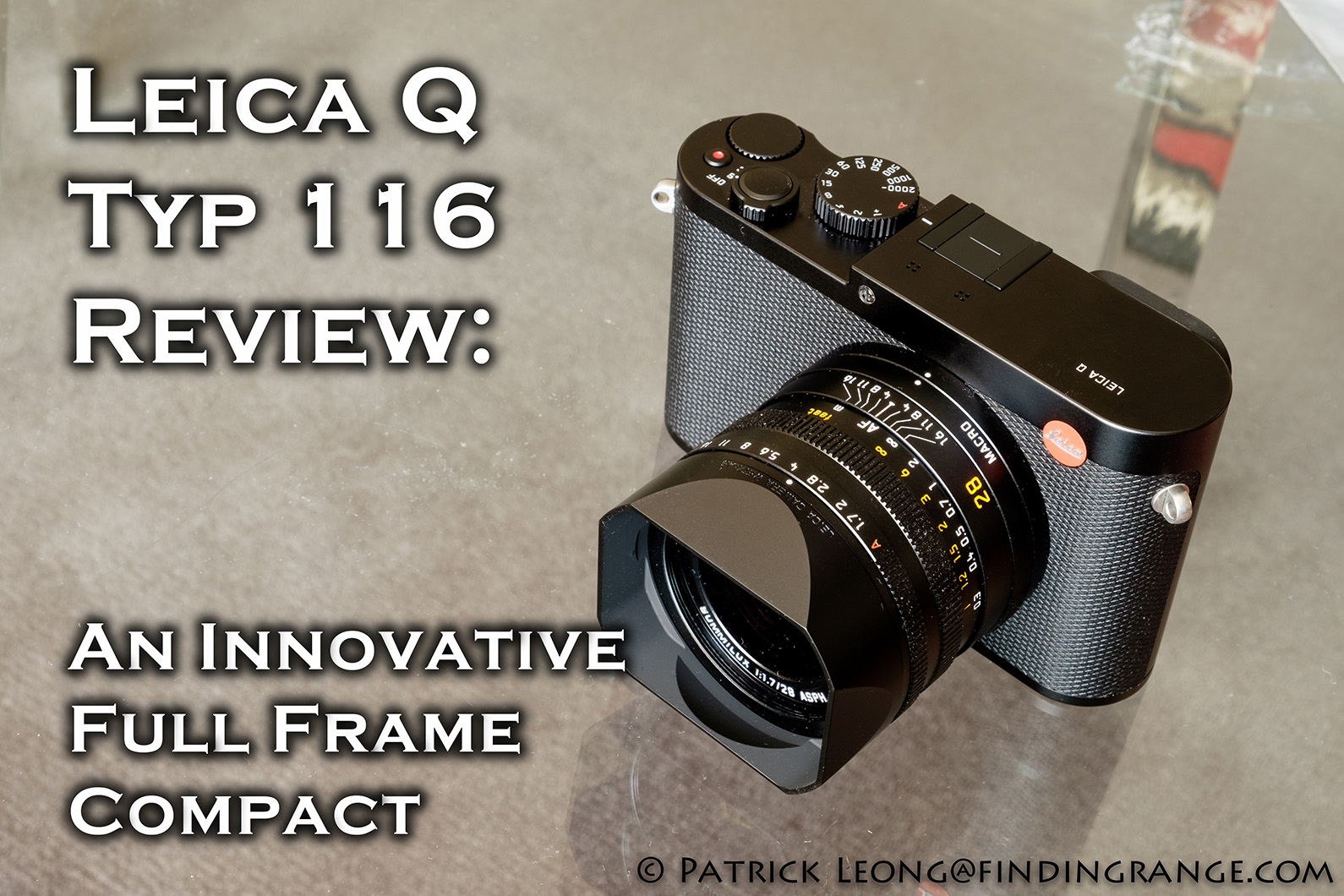
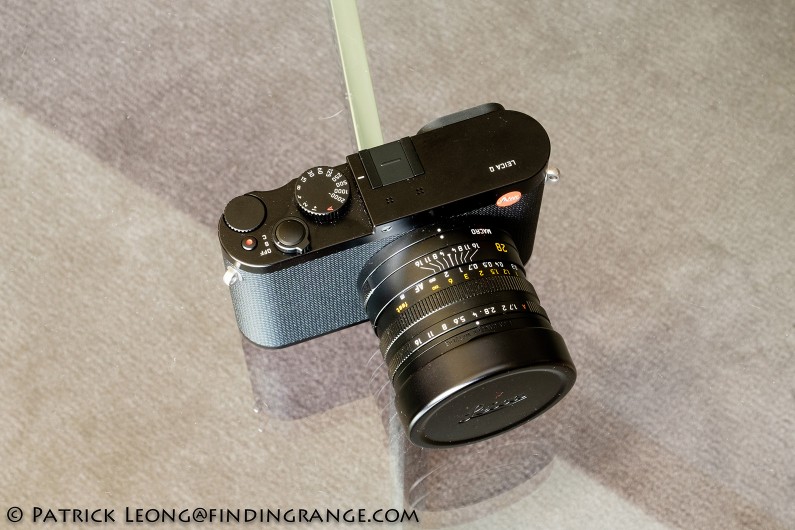
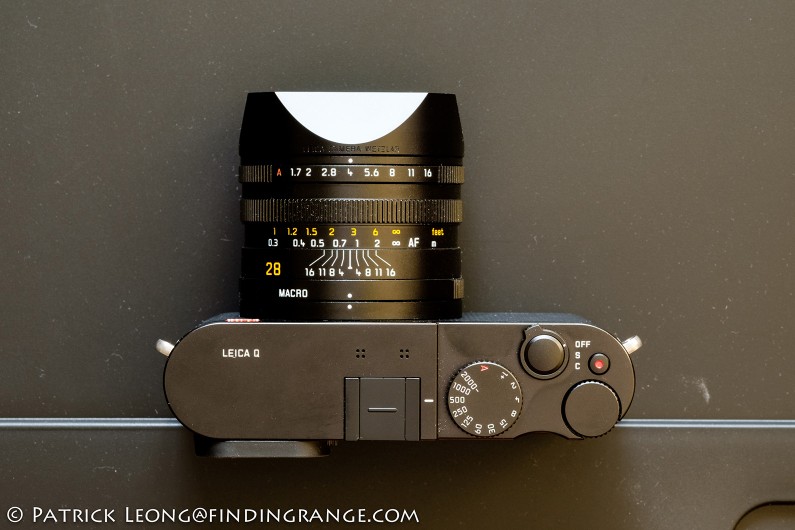

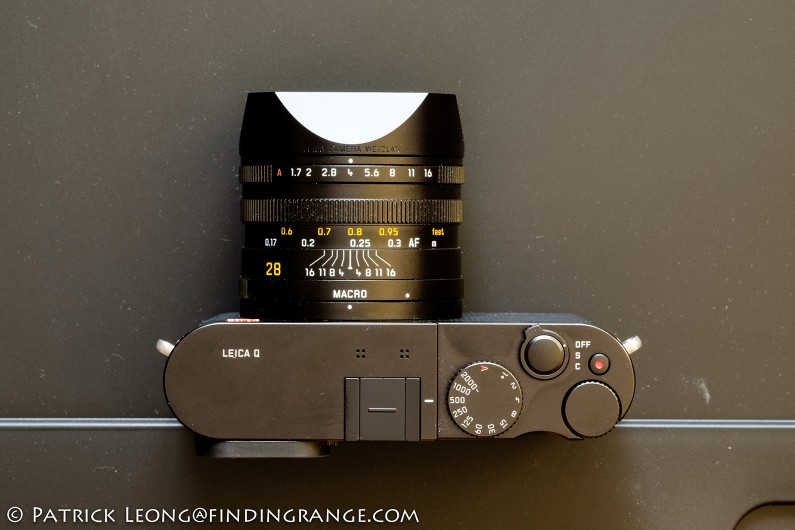


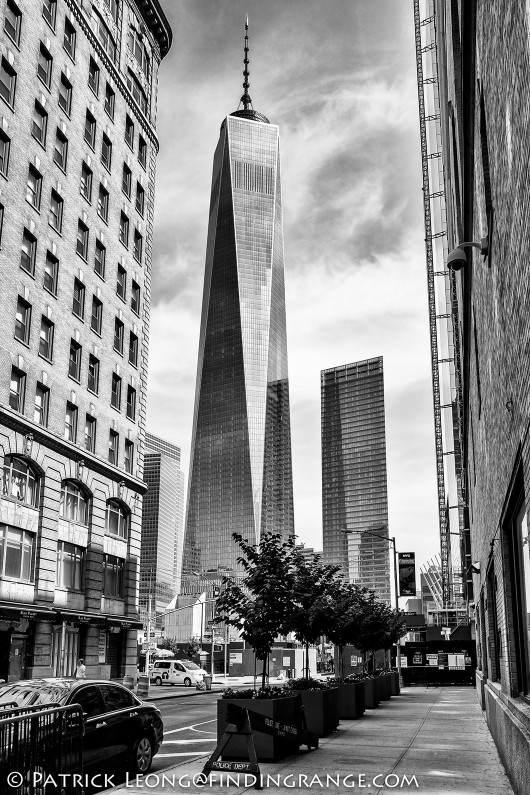
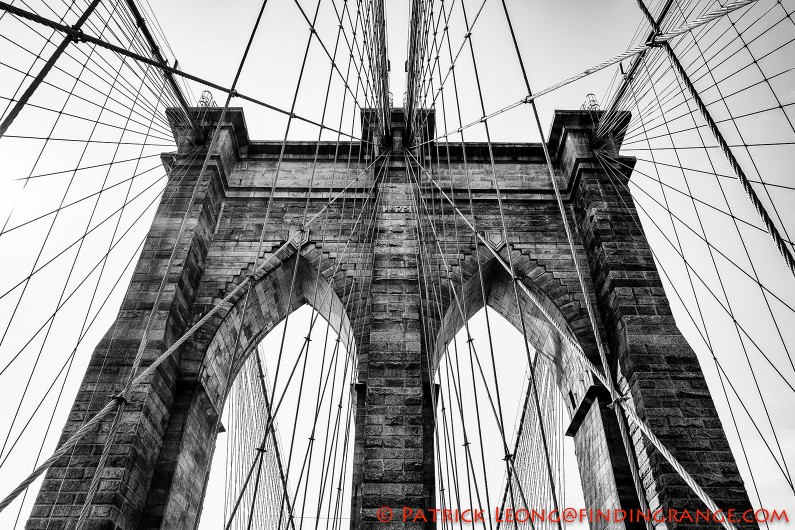


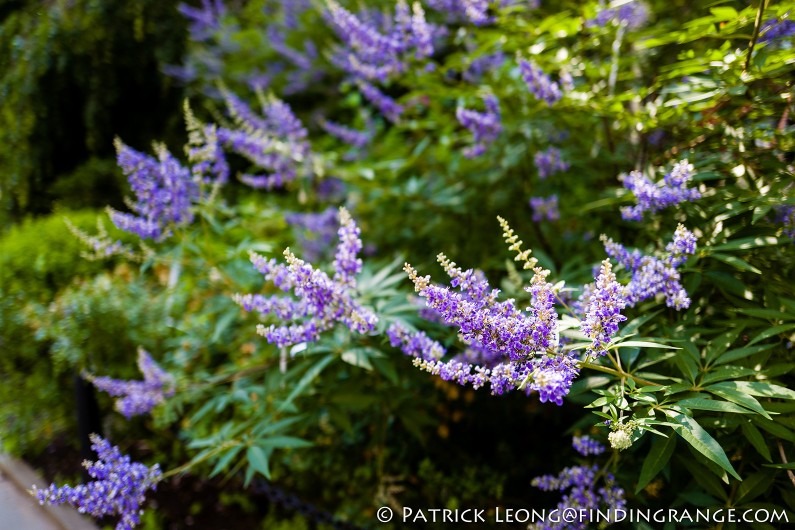
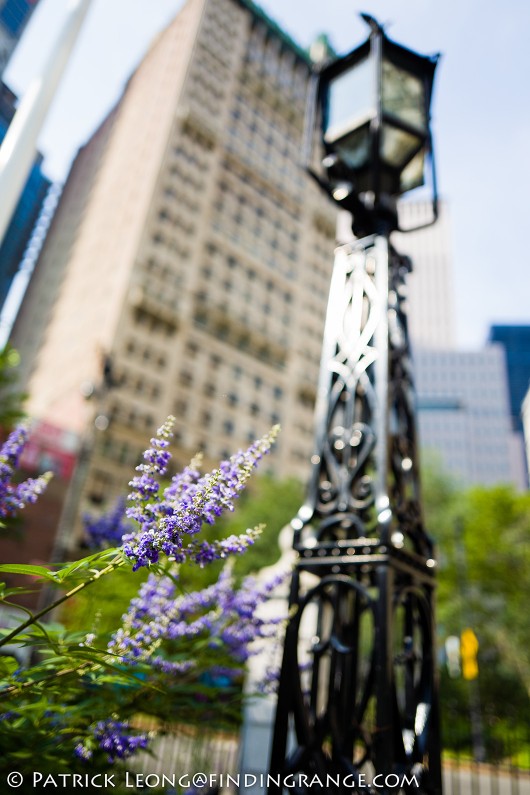
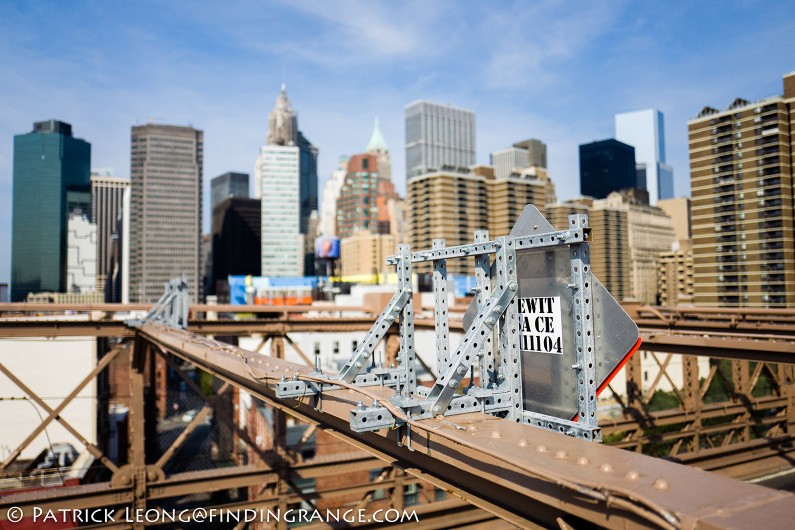
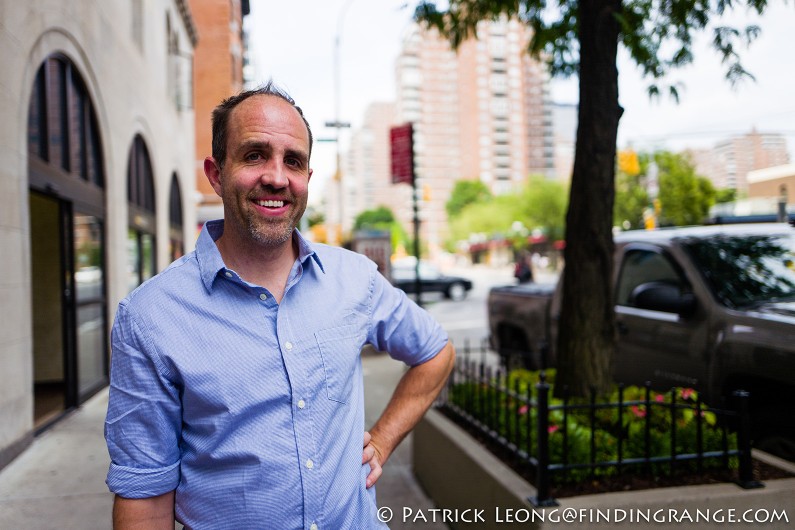
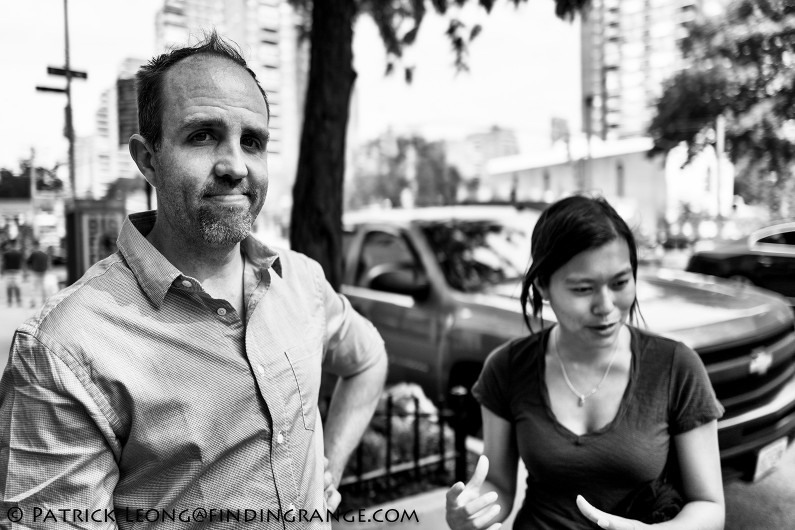

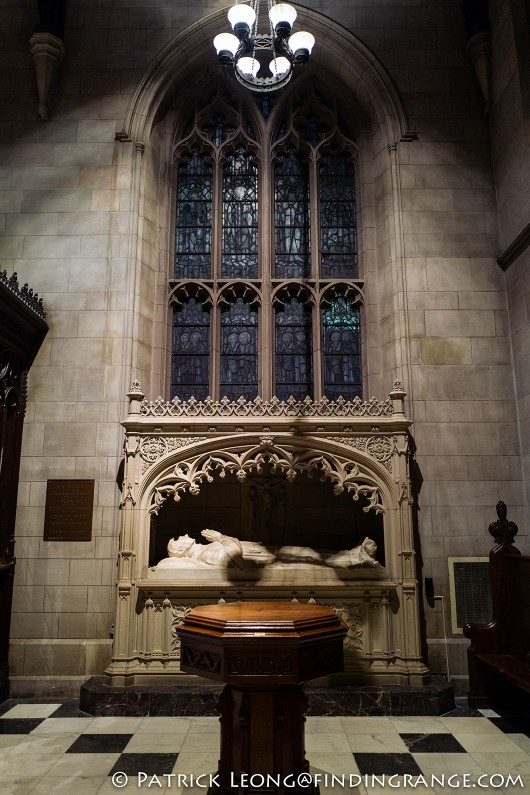

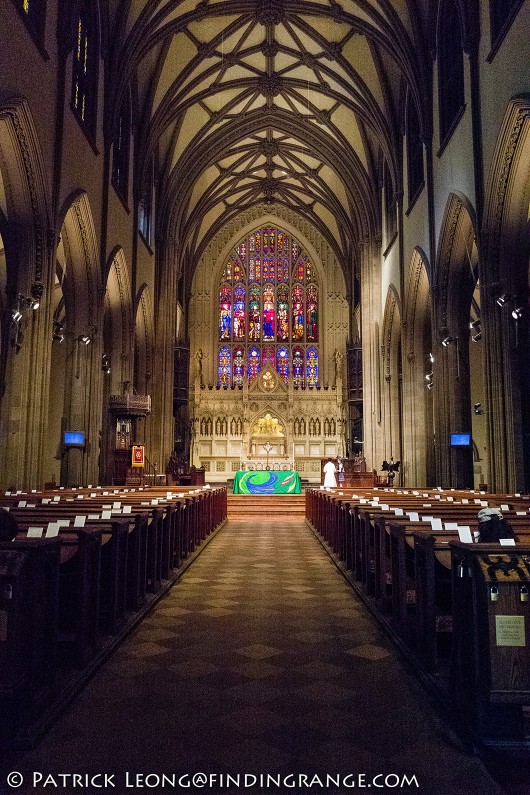
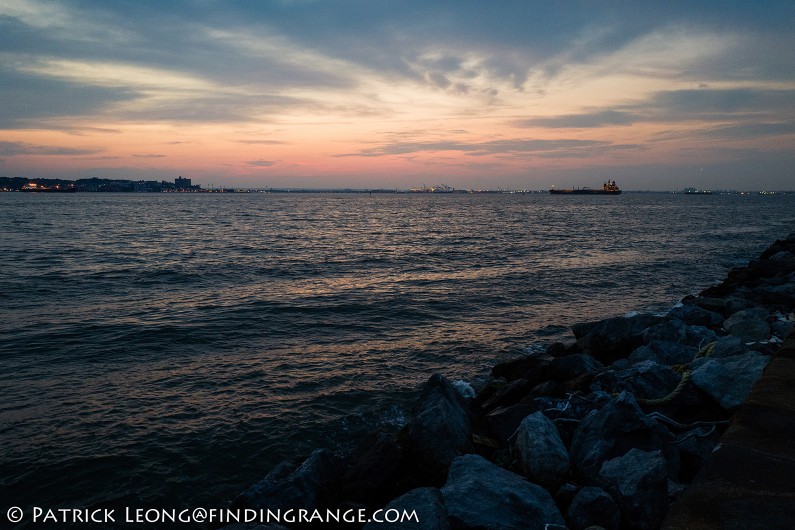
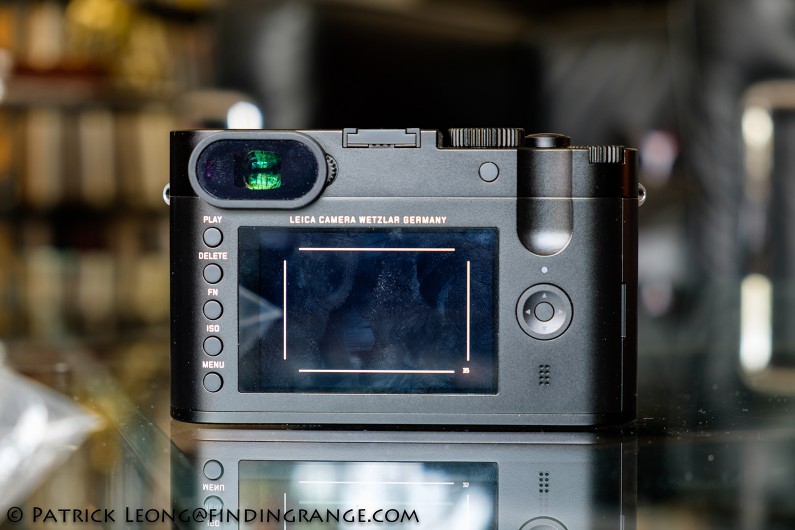


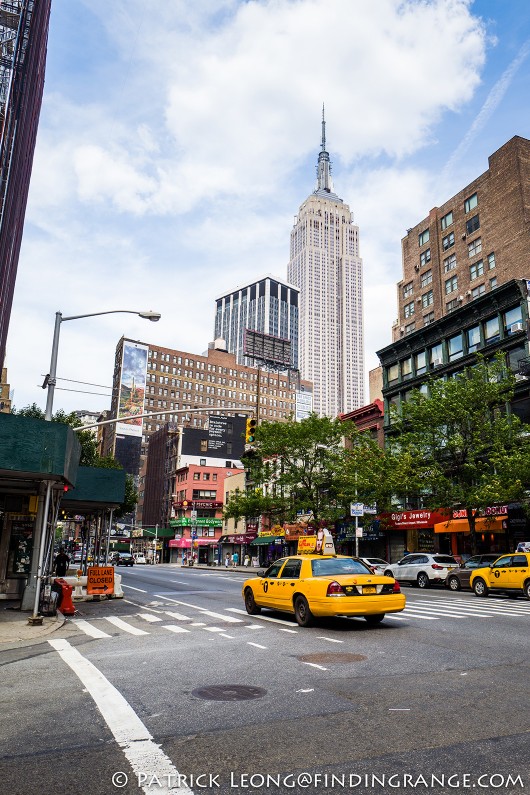

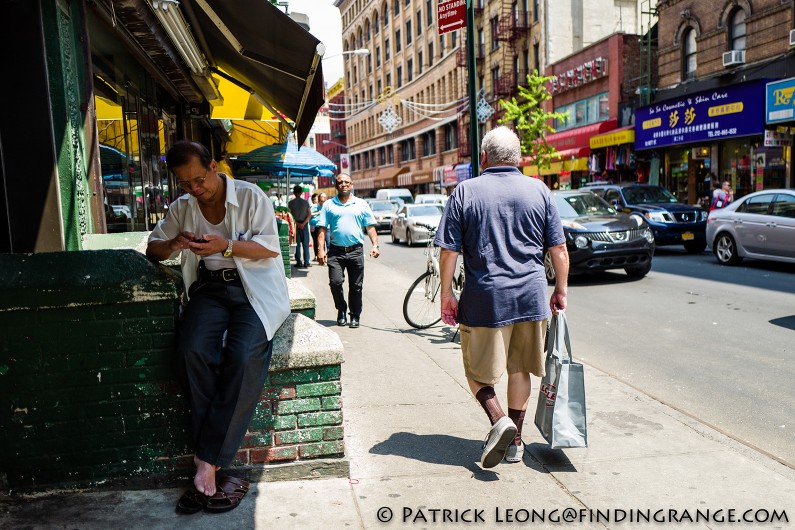
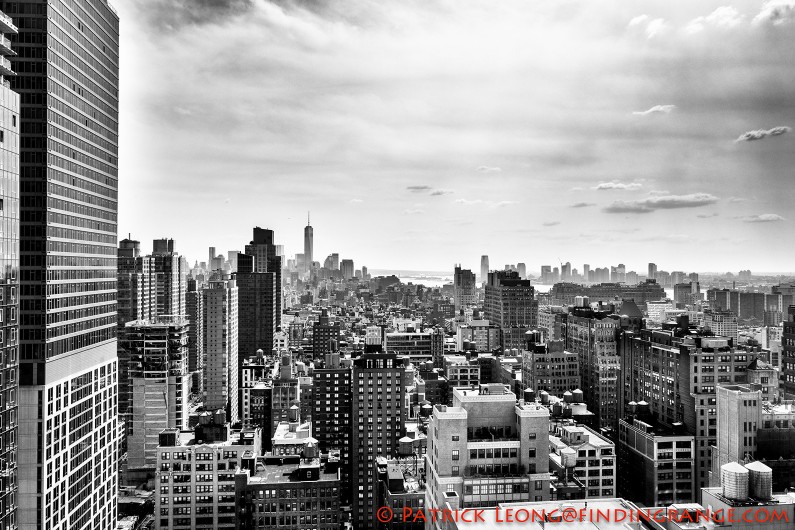
Thanks for your review – I’ve been waiting for this! I’m still sitting in a long queue for my Q. It seems to be the coming-together of all the features I wanted from a camera.
Hi Treve,
Sorry for the late reply, and thanks so much for taking the time to read it! Yes, my dealer told me the line is growing everyday. But the Q is definitely worth it, and I hope you get it soon! Let me know what you think of it when you get it and great stuff on your Flickr page! Thanks for sharing it!
Best regards,
Patrick
A comprehensive, objective, informative and well-written review. This is the site to visit for the best reviews!
Hi inthedarkroom,
I greatly appreciate your kind words, and thanks for stopping by!
Take care,
Patrick
No i understand what took you so long 😉 This is maybe the most comprehensive review of this camera that i came across to read. It seems everybody who tries it, is thrilled how it performs. I dont think it is overpriced but i definetly would like it to be cheaper 🙂 For me, 28mm is just right. I think even 35mm for traveling and Holidays is often times not wide enough and as you said, 24mp give you room to crop in if you want to. I am amazed by the lens as well. Yes the subject pops out of the Image but what i like even better is the fact that the background is not totally washed away. It still gives good context. You know i am more the 50mm guy as well and i would agree that if i had to go with one lens it would be that or a 35mm. But as i said, one lens does not cut it for me, so i always bought a 28 to shoot with also. Maybe Leica will come up with a 50mm model. Who knows. This camera with interchangeable lens system might even give the M series a hard time. But Leica will not cut in ist own flesh 🙂
I also like the fact that the camera seems to be so responsive in actual use. That is so important to me.
I doubt that i will buy it though but looking at the Images i need to trade in my 28 elmarit for a cron.
Great Review as always.
Thanks Patrick.
Hi Markus,
Thank you for your very kinds words. It means a great deal to me that you enjoyed it! Yes, I know you like the 28mm and I am willing to bet that you would absolutely love this camera as well :).
The performance really is simply incredible. It’s mind blowing. Even my brother in-law, who owns an OM-D system, couldn’t believe how responsive the Q was and I think he has plans of trading in his entire system for one. My uncle actually traded in his Fuji system for a Q recently.
But with that said, one lens does not cut if for me either, and while I don’t think it’s overprice, it’s still too expensive for me to buy just to use as a spare/vacation/point and shoot camera. I definitely wish it was cheaper as well :). For me, I think I would just use that money and invest in another M lens. Thanks for stopping by, Markus
Best regards,
Patrick
Hi Patrick,
Amazing review. I was looking forward to it.
Hi Nick,
Thanks for the kind words and for taking the time to read my review!
Best regards,
Patrick
Hello Patrick,
On a long car trip so just got time to read this review of the new Leica Q. I certainly have to second what others have said about this being not only one of your best works, but really one of the best reviews I can recall reading for any camera. Your enthusiasm & coverage of so much much information about it is very nice to see after so many reviews that just sound like they were a job to write. It looks like a very special camera for a fixed lens afficionado with fairly deep pockets; unfortunately that disqualifies me! Cheers,
Jed
Hi Jed,
Sorry for the late reply! Thank you so much for your kind words and I sincerely appreciate you taking the time to read it, especially since I know you are on vacation! While the Q is worth every penny (seriously, it’s a pretty incredible camera), it’s still expensive. It would be hard for me to spend this kind of money on a fixed lens camera, especially when I can use that money to buy a new lens for my M system instead. But I’m tempted…very tempted. The Q is really that good. If I was a fixed lens aficionado this would be the one for sure. Actually, if I just didn’t like using ultra wides so much, I might even consider the Q. The best thing would be if I could buy the Q as a second camera and still keep my M system but of course, this is just imaginary :). I hope you’re enjoying your vacation!
Take care,
Patrick
Hey Patrick;
Great review! I had a chance to briefly handle a Q at a Leica dealer where I live. The quality and feel is truly high-end.
As you know, I’m a big fan of the 28mm focal length – but only when I can also carry a 50mm. The 28mm is fantastic for street photography, but isn’t as versatile as a 35mm. Sometimes, it’s just too wide, hence the reason I always supplement a 28mm with a 50mm.
The Q’s cropping solution to the 35mm and 50mm focal lengths is an interesting solution indeed. Perhaps it’s because I’m so used to having different primes – I believe in the end, I would prefer to stick with the Leica M or Fuji X series.
Thanks again for the great writing!
Best regards, Marco
Hi Marco!
Sorry for the late reply (I also have to email you at some point) and thanks for the kind words! It’s been very busy here lately. I love this camera but like you, I’d just prefer to have the option of more lenses. Ideally, I would have both the M and the Q but maybe when I win the lotto one day :). Still, it’s extremely tempting. I review a lot of different gear and some I really like and end up buying. The Q was something very different, and let’s just say that I did not want to return it haha!
Take care,
Patrick
Hi Patrick,
Great review! Let me to know the Leica Q more.
Want to know one things about the shutter speed of Leica Q. Is that like the Leica M Typ240, the longest shutter speed of high ISO is limited to 8 sec?
Thanks.
Cliff
Hi Cliff,
Thanks and sorry for the late reply! I was a way. I’m not really sure. My suggestion would be to email Leica about that and see what they say. Sorry I couldn’t be more helpful,
Best regards,
Patrick
Hi
I have a question about the Q, on the x113,T and the CL you have options
for film style (standard, natural, vivid, BW and BW hc)
Are they available on the Q
I believe they are on the Q2
I would like to purchase the Q
Thanks
Bernard
Hi Bernard,
Apologies for the late reply. I haven’t used the Q in a few years, and when I was using it, I mainly shot in RAW, so I just wanted to double check with my friend (who owns a Q) to answer your question. You can change the saturation from low, medium, strong, and strongest. You can also change it to black and white. I hope this helps!
Best,
Patrick